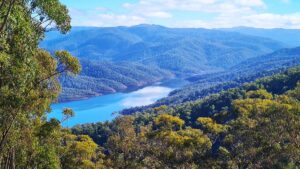
Thomson Dam – Melbourne’s Secluded Water
The spectacular, secluded waters of the Thomson Dam have provided drinking water to the people of Melbourne since 1983
Rotate to landscape to view slideshow
Built in 1848, the Cape Otway lighthouse sits 90 metres above the sea looking out over the Southern Ocean on Victoria’s Southern coast.
Known as “the shipwreck coast” because of the number of ships that floundered in this area, the lighthouse guided the boats into Bass Straight.
It was a beacon of hope for many thousands of 19th century migrants, who spent months travelling to Australia by ship, with Cape Otway their first sighting of land for months.
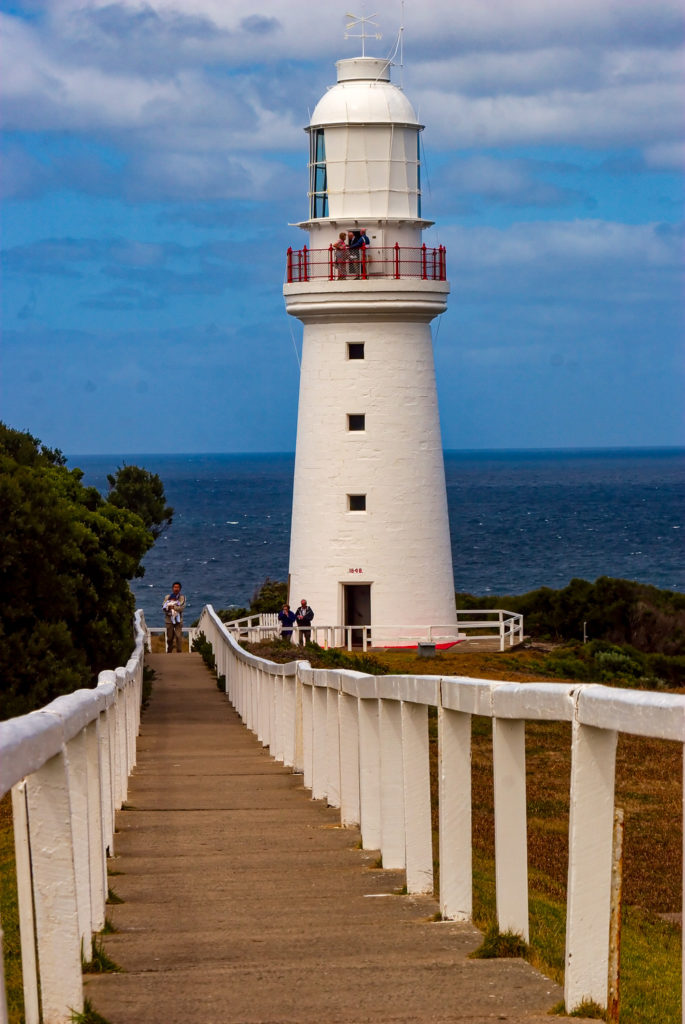
Cape Otway lighthouse is a great stopover if you are visiting the Twelve Apostles. There’s an information centre at the entrance gate and, as well as the lighthouse, there is the complex of lighthouse keeper cottages on the site.
Keep your eye out for the colony of koalas alongside the road into Cape Otway.

The spectacular, secluded waters of the Thomson Dam have provided drinking water to the people of Melbourne since 1983
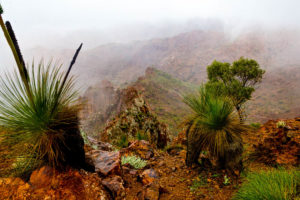
Well off the beaten track, Arkaroola Wilderness Area is situated in the rugged and spectacular Northern Flinders Ranges,in South Australia.
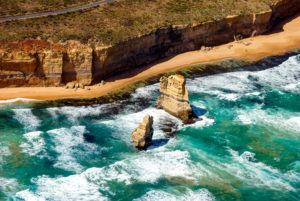
A helicopter ride can be thrilling anywhere, but over the Twelve Apostles, that’s magic.
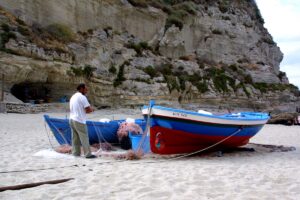
Tropea, a picturesque town in southern Italy, is known for its stunning beaches, historic landmarks, and vibrant artistic scene. The town is teeming with talented artists and creatives who have been honing their craft for generations.
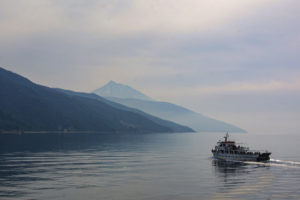
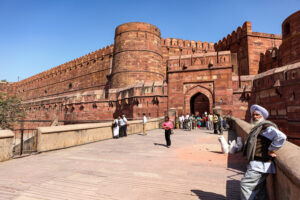
The Agra Fort dates from around 1565. It has been a fort and a palace, and then a garrison for the British, so things have been built, changed, and built again.